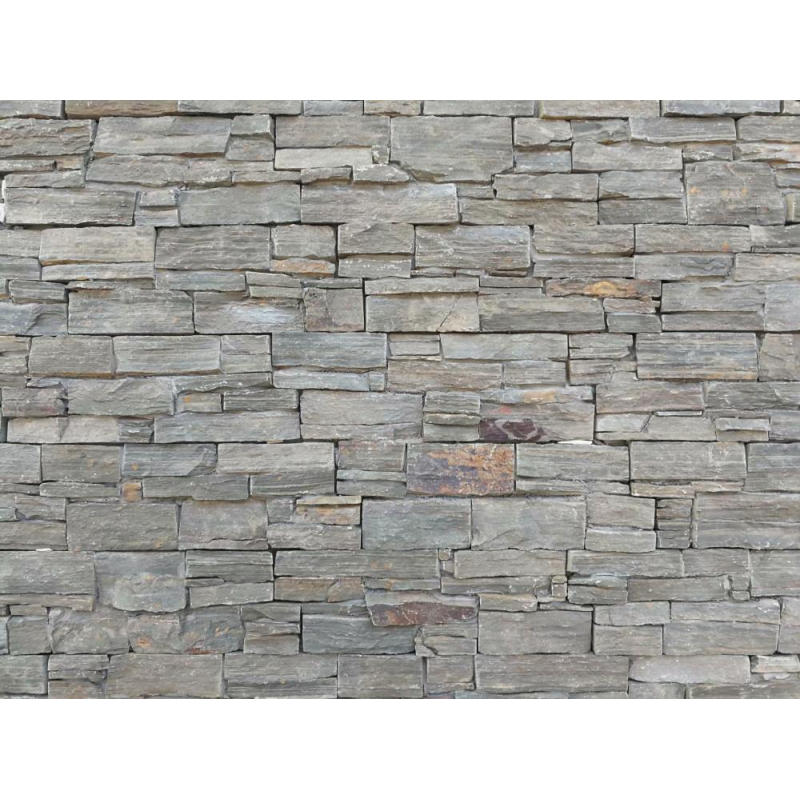
Dombo rakasikwa chimwe chezvinhu zvinonyanya kushandiswa zvinoshandiswa mudzimba nemapindu. Asi wakambomira kushamisika kuti matombo ako ematombo, zvidhinha, kana pasi zvakabva kupi?

Natural stone was created thousands of years ago when the Earth was just a ball of mineral gases. As these gases began to cool down, they compressed and solidified to form the world we know today. It was during this process that natural stone was formed – the type of stone created depends on what type of minerals were combined at that time. This was a slow process that occurred over millions of years. As the Earth began to settle, many of these seams of stone were gradually pushed to the surface by heat and pressure, creating the large formations we see today.
Stone can come from anywhere in the world, and the type of stone is determined by its origins. There are quarries in America, Mexico, Canada, Italy, Turkey, Australia, and Brazil, as well as many other countries around the globe. Some countries have multiple natural stone quarries, whilst others only have a few. Let’s look in closer detail at where particular stones originate and how they were formed.
Marble is the result of limestone that has been altered through heat and pressure. It’s a versatile stone that can be used on virtually anything – statues, stairs, walls, bathrooms, counter tops, and more. Usually seen in white, marble is also common in black and grey tints, and has great weather endurance.
Quartzite inobva ku sandstone iyo yakashandurwa kuburikidza nekupisa uye kudzvinyirira. Dombo rinonyanya kuuya mune zvichena, asi rinogona kuwanikwa zvakare nebrown, grey, kana girinhi tints kwariri. Ndiyo imwe yemhando dzakaomesesa dzematombo echisikigo, zvichiita kuti ive sarudzo yakanakisa yekuvaka mafacade, countertops, uye zvimwe zvimiro zvinoda matombo anorema.
Granite pakutanga rakanga riri dombo rinopisa rakanga raratidzwa magma (lava) uye rakashandurwa kuburikidza nekuratidzwa kune zvicherwa zvakasiyana. Iro dombo rinowanzo kuwanikwa munyika dzakaona kuputika kwemakomo pane imwe nguva, uye rinowanikwa mumhando dzakasiyana-siyana dzemavara kubva kune dema, brown, tsvuku, chena, uye anenge ese mavara ari pakati. Granite isarudzo yakanaka yekicheni uye yekugezera nekuda kweiyo antibacterial hunhu.
Limestone mhedzisiro yekumanikidzana kwemakorari, magoko egungwa, uye humwe hupenyu hwemugungwa pamwechete. Kune marudzi maviri e limestone, rudzi rwakaoma rwakazara ne calcium, uye rudzi rwakapfava rune magnesium yakawanda. Limestone yakaoma inowanzoshandiswa muindasitiri yekuvaka, kana pasi uye kushandiswa mudhaka nekuda kwemhando yayo isingapinde mvura.
Bluestone is sometimes referred to as basalt, and is one of the most common natural stones around the world. Bluestone forms through the alteration of lava, and because of this, is one of the closest stones to the Earth’s surface. Basalt is generally darker in colour, and is used as house roofing and floor tiles because of its hard texture.
Slate yakasikwa apo shale nematombo evhu zvakachinjwa kuburikidza nekupisa nekumanikidzwa. Inowanikwa mumavara kubva kune nhema, yepepuru, yebhuruu, yegirini, uye grey, slate yave yakakurumbira sarudzo yekuisa denga sezvo inogona kutemwa yakatetepa uye inomira kutonhora kusingakuvadzi. Slate zvakare inowanzo shandiswa senge pasi tileng nekuda kwekugara kwayo.
Travertine is created when floodwaters wash through limestone, leaving mineral deposits throughout. As it dries out, the extra minerals solidify to gradually create a much denser material called travertine. This stone is good as a replacement for marble or granite, as it’s much lighter and easier to work with, yet still durable. For this reason travertine is often used on floors or walls, and is estimated to last around fifty years if maintained regularly.